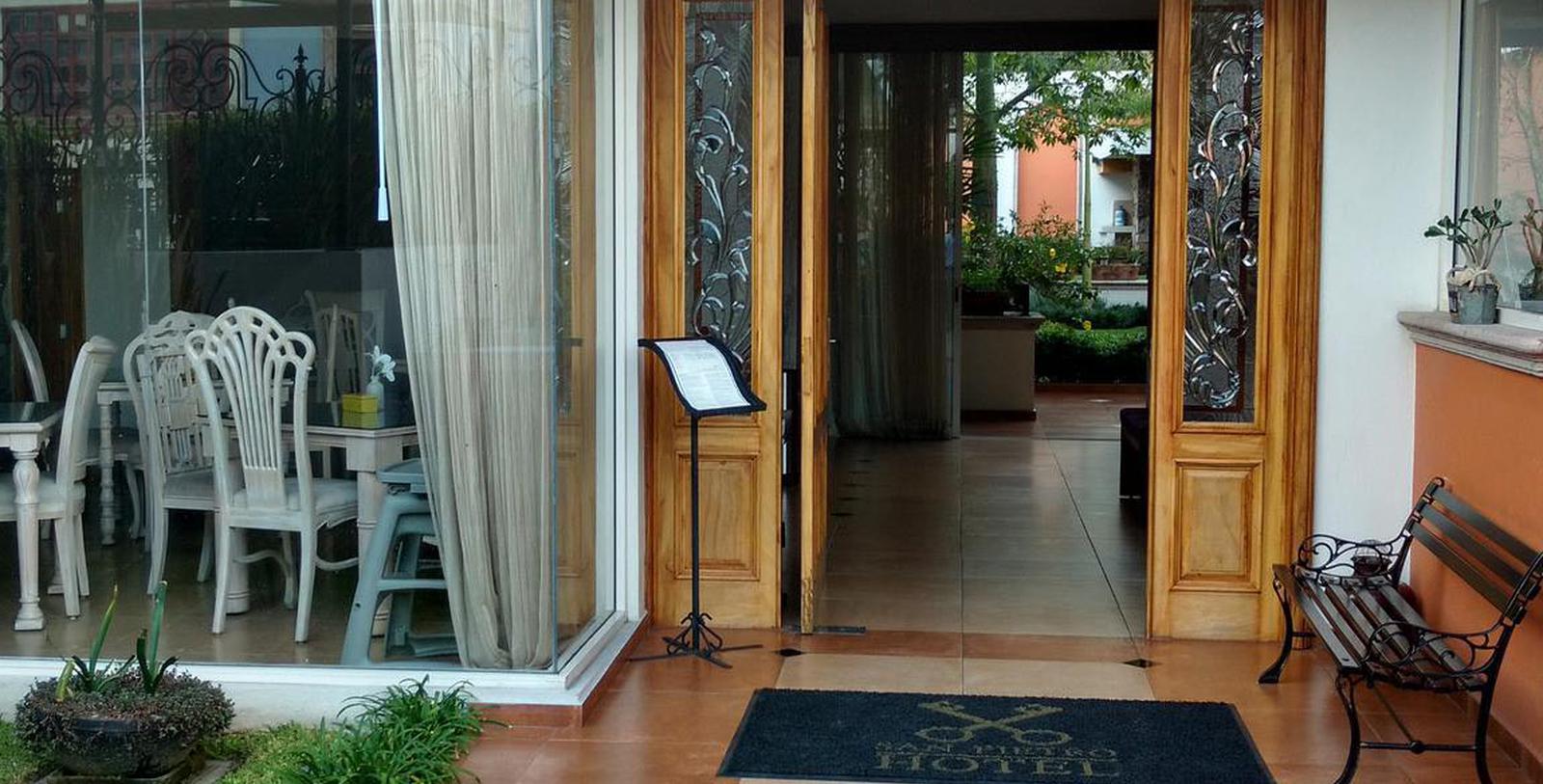Receive for Free - Discover & Explore eNewsletter monthly with advance notice of special offers, packages, and insider savings from 10% - 30% off Best Available Rates at selected hotels.
history
Discover the Hotel San Pietro, which was originally built as a brilliant mansion by architect Alejandro Zohn.
Hotel San Pietro was constructed in the years following World War II, in which the United States was defined by the Civil Rights Movement and the Cold War.
Hotel San Pietro was originally built as a brilliant mansion by architect Alejandro Zohn in 1952. Zohn was born in Vienna, Austria, and moved to Mexico with his family following the aftermath of World War II. He spent his childhood in Tlaquepaque and studied at the Universidad de Guadalajara. After finishing his degree in engineering and architecture, he returned to Tlaquepaque and built a collection of houses located on the main avenue. His signature style was pure and organic, following the simplicity of the spaces according to the natural environment upon where it is built. Zohn wanted to build just as the nature does, with freedom and harmony. The work of Alejandro Zohn is so important to the region, that he is frequently honored in print and in scholarship. The National Museum of Architecture in the Palace of Fine Arts curated and displayed the exhibit Alejandro Zohn 1930-2000 in 2011. The house found its first owner when it was purchased by Fernando Silva Sahagún in 1955. Sahagún was the mayor of the City of Tlaquepaque in 1940 when he was just 26 years old. Afterward, he had a remarkable and distinguished 68 year career as a notary, including being the Dean of Notaries for several years. In 1952, Sahagún founded the Rotary Club in Tlaquepaque. He was better known as " Hechicero" by the members of the Club. He became an illustrious figure after his death in 2009. Bought by the current owners in 2012, the renovated Hotel San Pietro began welcoming guests in 2014. Notable attractions near the hotel include Museo Regional de la Ceramica, Catedral Metropolitana, and Instituto Cultural Cabanas (a UNESCO World Heritage Site).


























